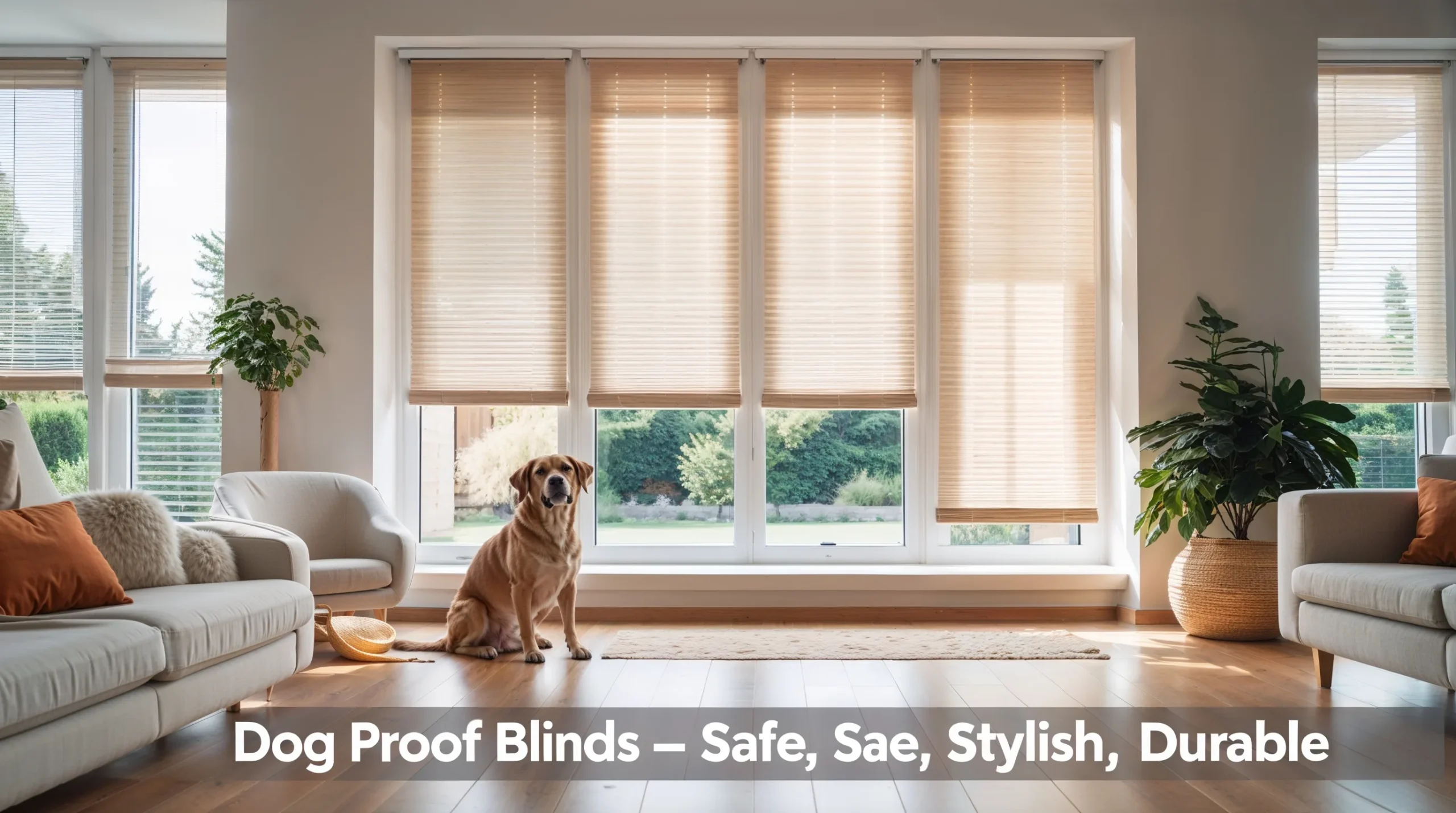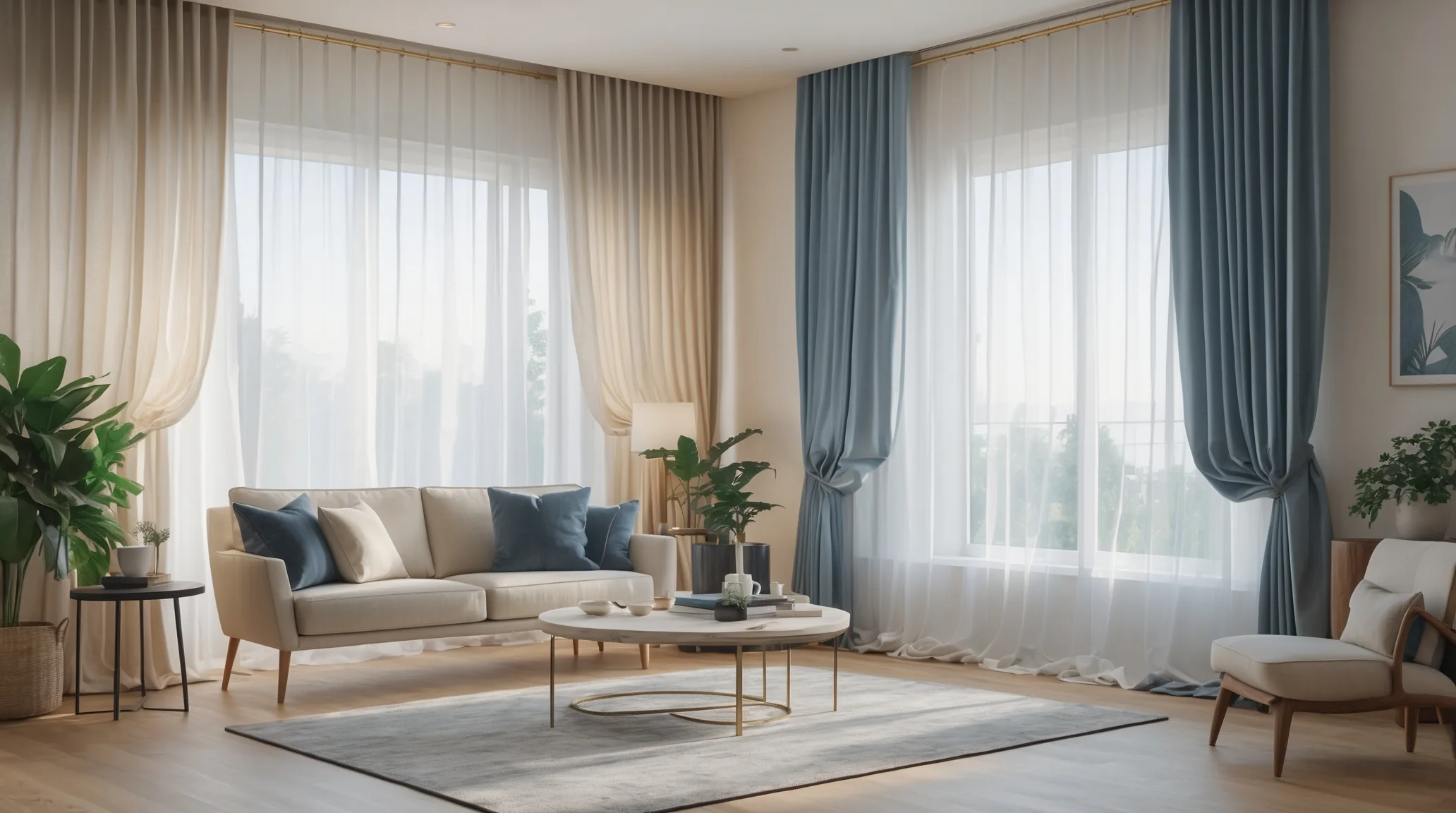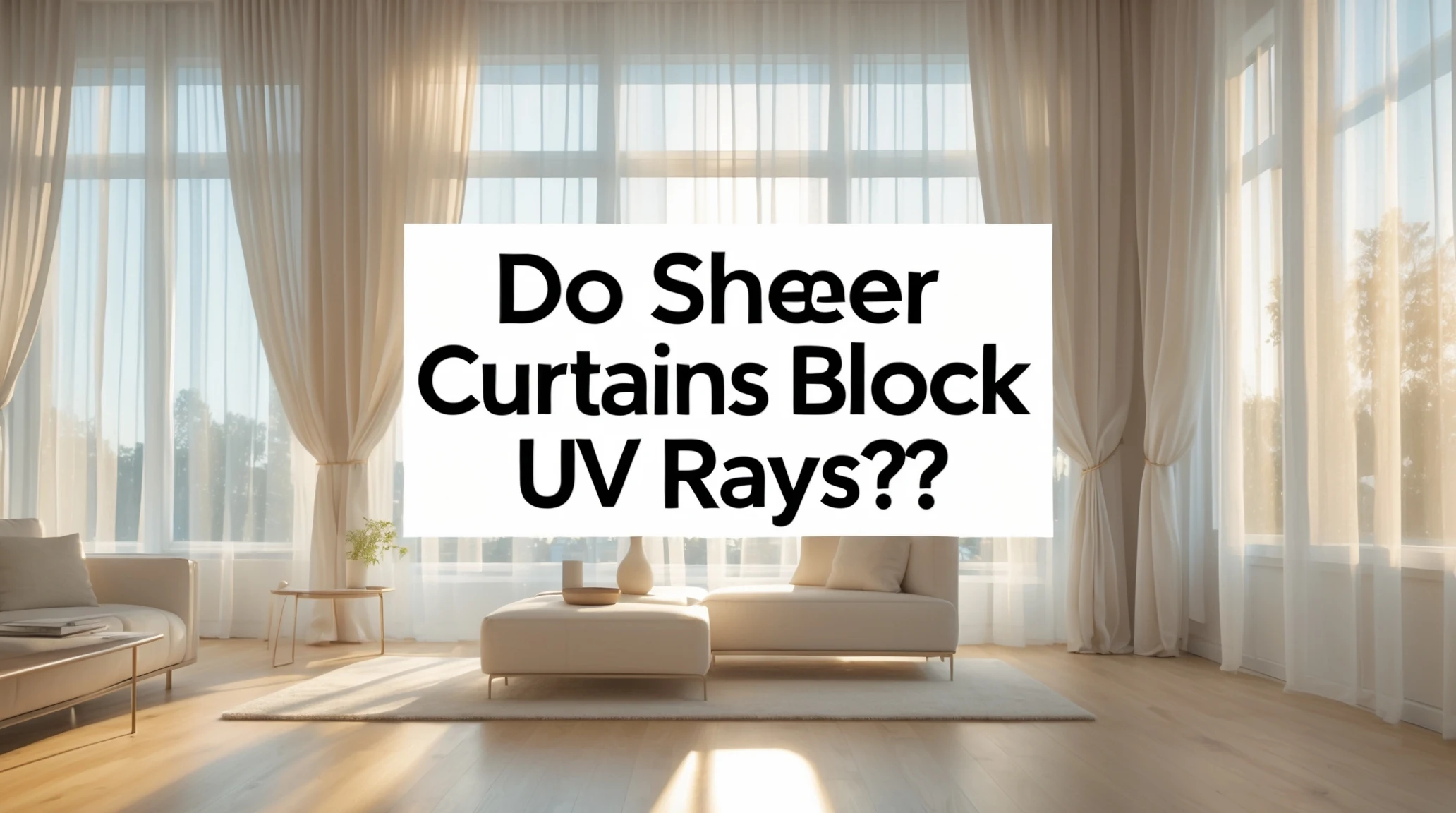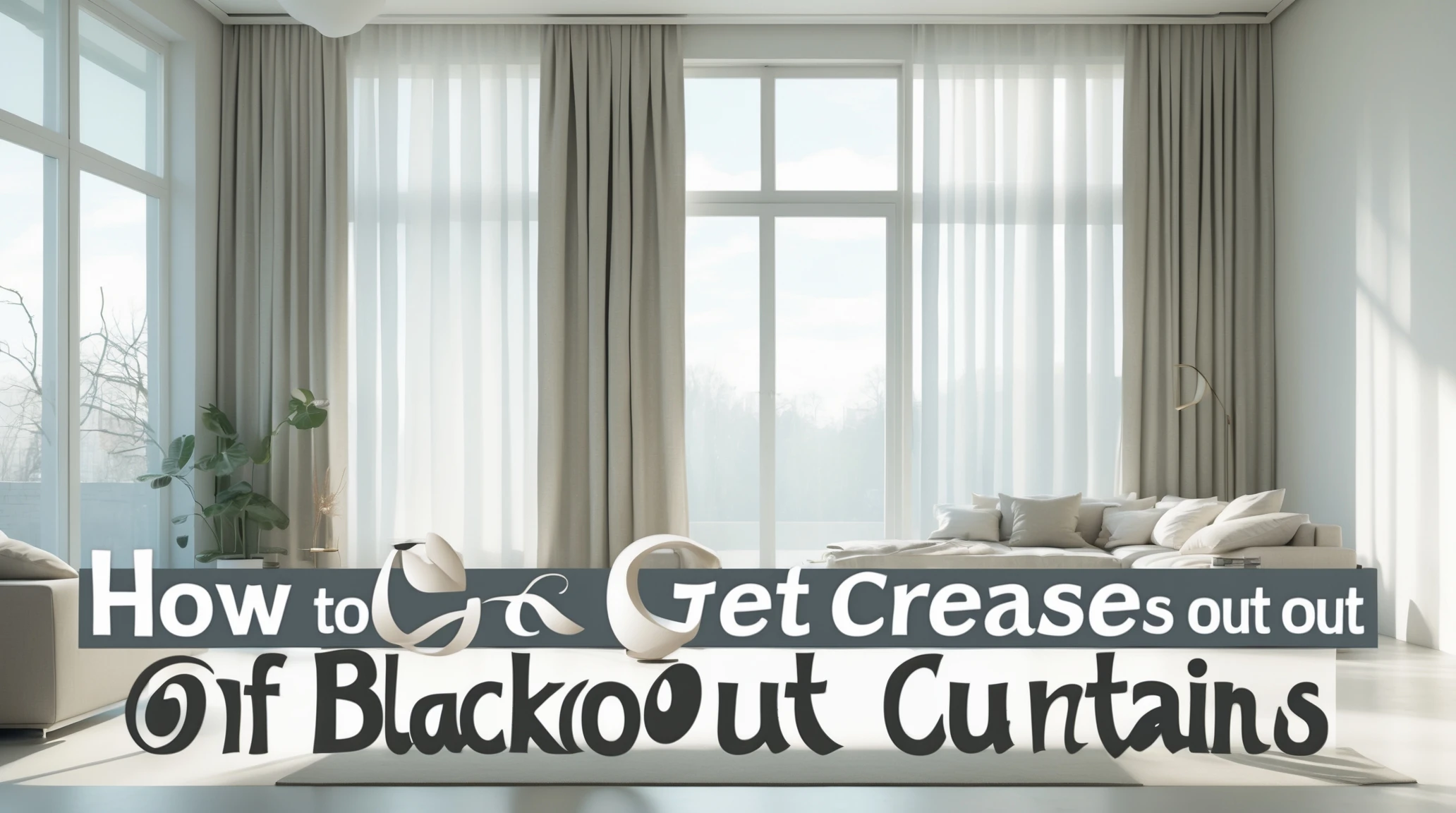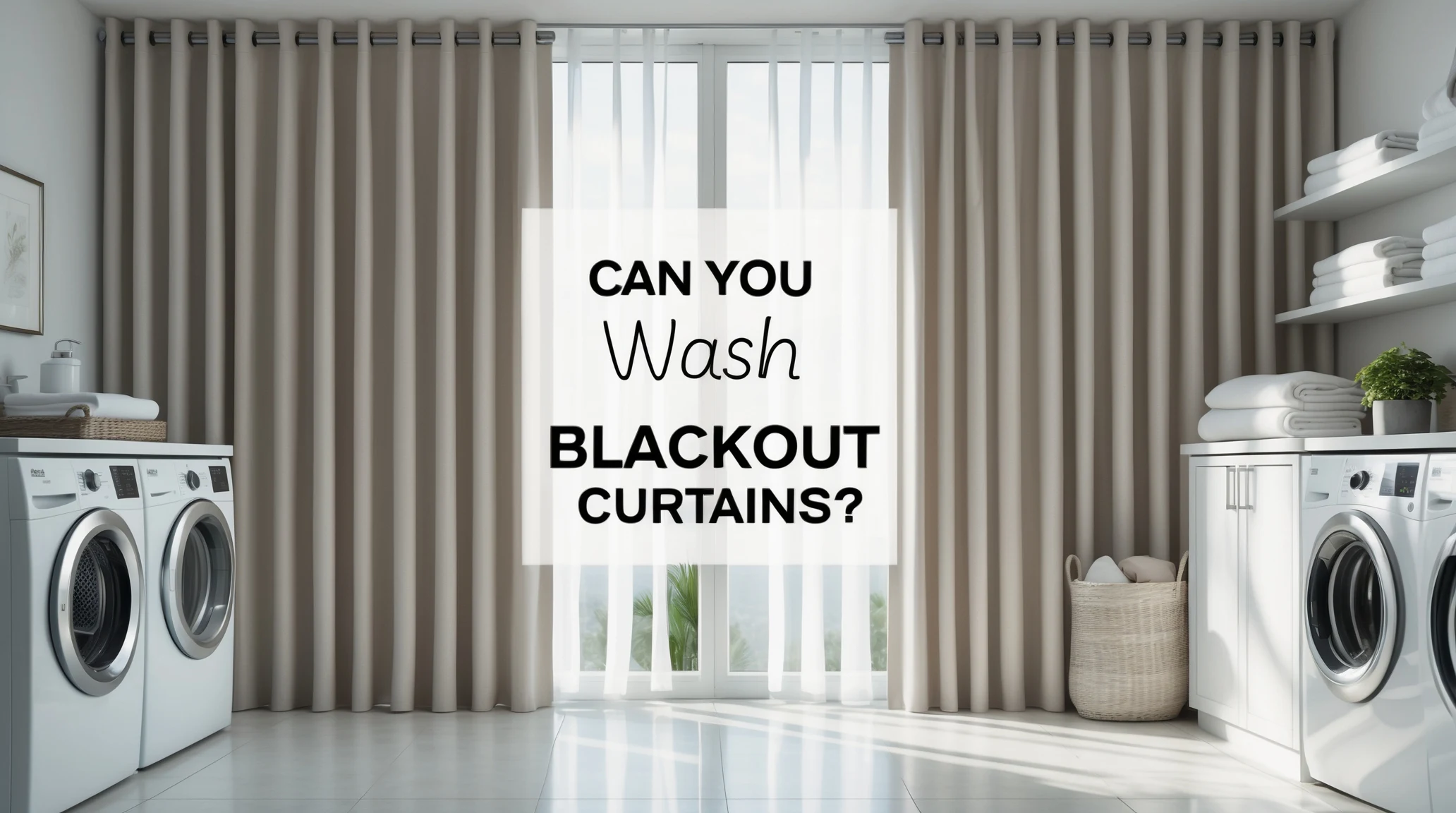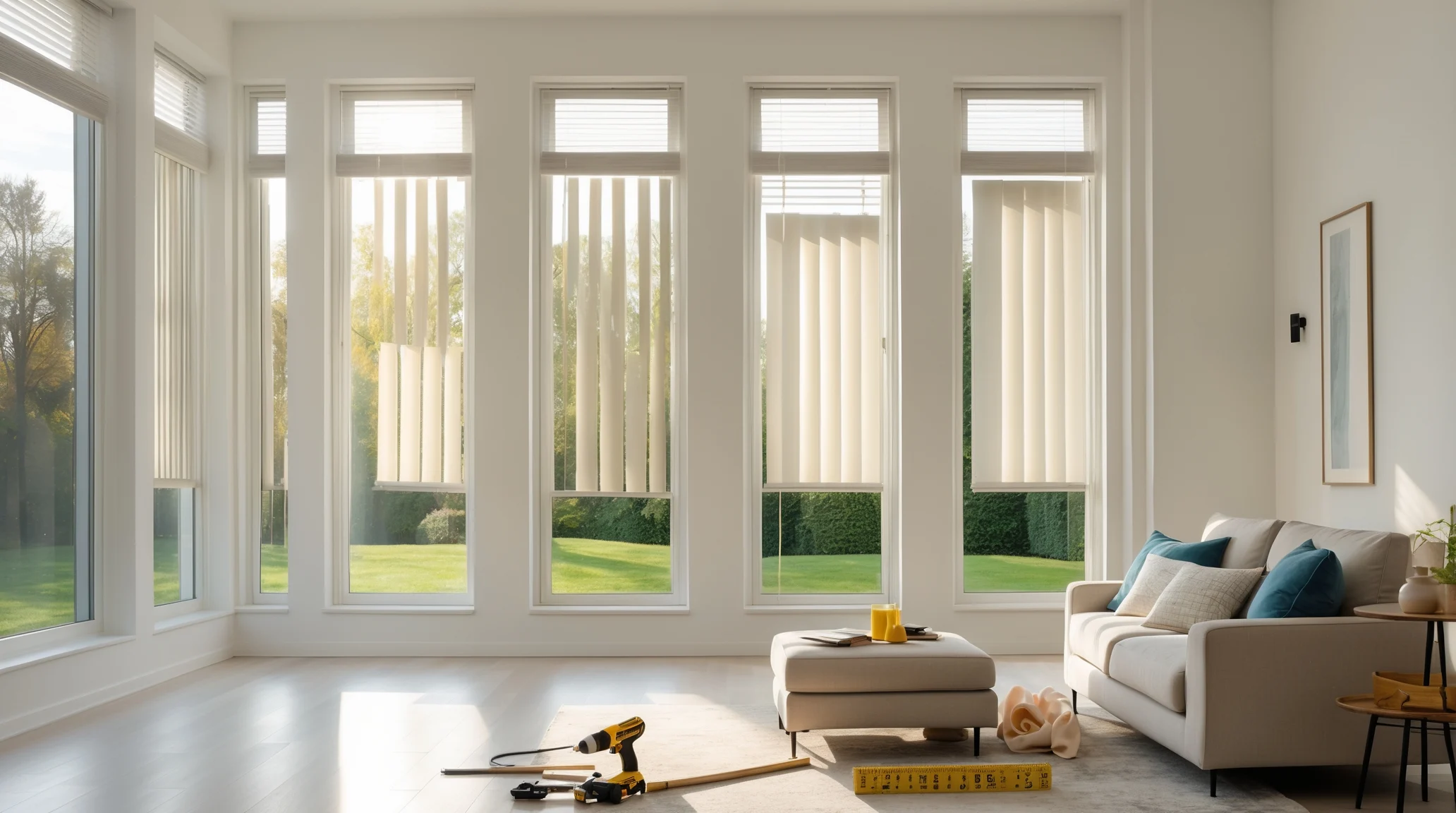When decorating a home, many people wonder about the difference between curtains and drapes. At first glance, they may look similar since both cover windows, but their purpose, fabric, and design are quite different. Curtains are usually lighter and casual, while drapes are heavier, often lined, and give a formal look. In this article, you’ll learn exactly how curtains and drapes differ, when to use each, and why custom options can transform your space. We’ll also cover drapery panels, blackout curtains, motorized drapes, and the role of hardware in styling. By the end, you’ll know which window treatment fits your lifestyle and home design best.
A Closer Look at Curtains and Drapes in Modern Homes
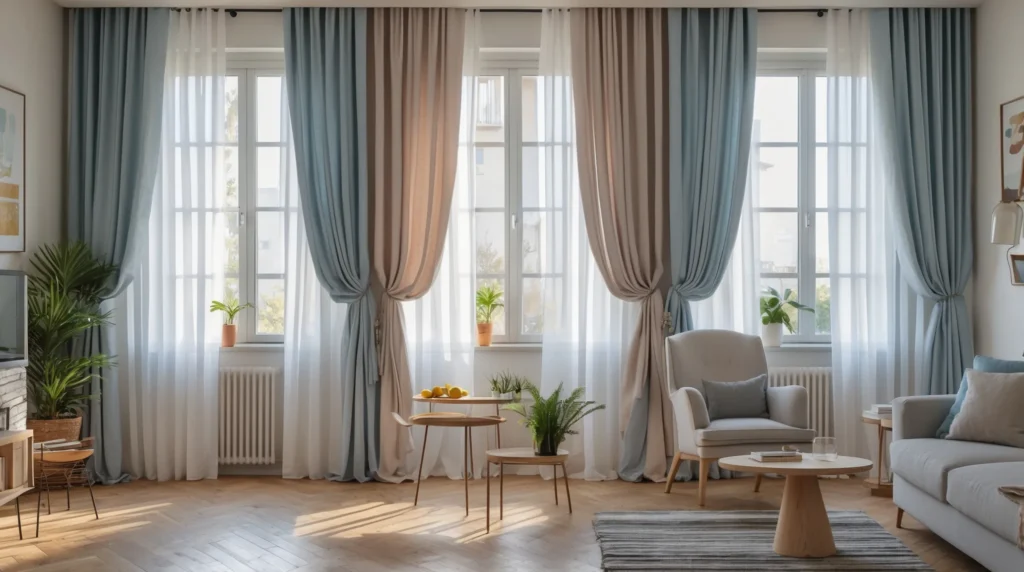
Curtains and drapes have been part of interior design for centuries. They do more than cover windows they set the tone of a room. Curtains are generally light and flowy, making them perfect for casual spaces like kitchens, kids’ rooms, or modern living areas. Drapes, on the other hand, are thick, formal, and often reach the floor. Many homeowners today use both styles depending on the room’s function. While long drape curtains may add elegance to a dining space, simple curtains can make a bedroom feel cozy. Understanding the role of each helps you make smart design choices that match your style and budget.
Why Window Treatments Matter for Style and Function
Window treatments are not just decorative. They control light, improve privacy, and even reduce energy bills. The right choice can protect furniture from fading while also creating a mood in the room. A professional window treatment company will tell you that curtains and drapes are the foundation of a well-designed home. Whether you want casual comfort or formal beauty, these coverings frame your windows and complete the look of a room. That’s why selecting between curtains, draperies, or custom window treatments is more than just about fabric it’s about function and lifestyle.
Understanding the Difference Between Curtains and Drapes
So, what is the difference between curtains and drapes? Curtains are made of light to medium-weight fabrics. They are easy to open and close, simple to wash, and come in many colors and patterns. Drapes, in contrast, are heavier, often lined with fabric to block light, and designed for a formal setting. Curtains usually hang just below the window sill or to the floor, while drapes almost always reach from ceiling to floor, sometimes even pooling at the bottom. Curtains are best for casual or bright areas, while drapes create drama, elegance, and insulation. Both have their place, but the choice depends on your goals.
Curtains & Drapes: Materials, Length, and Everyday Use
The material of curtains & drapes makes the biggest difference. Curtains are often made from cotton, linen, or polyester blends. They are light, airy, and perfect for letting sunlight in. Drapes are usually made of velvet, silk, or other heavy fabrics that fall in thick folds. Length also matters. Drapes almost always touch the floor, while curtains can be short or long. For everyday use, curtains are easier to maintain. They’re machine-washable in many cases, unlike draperies, which usually require dry cleaning. When deciding between them, think about your cleaning habits and lifestyle.
Drapes and Curtains: Exploring the Formal Side of Design
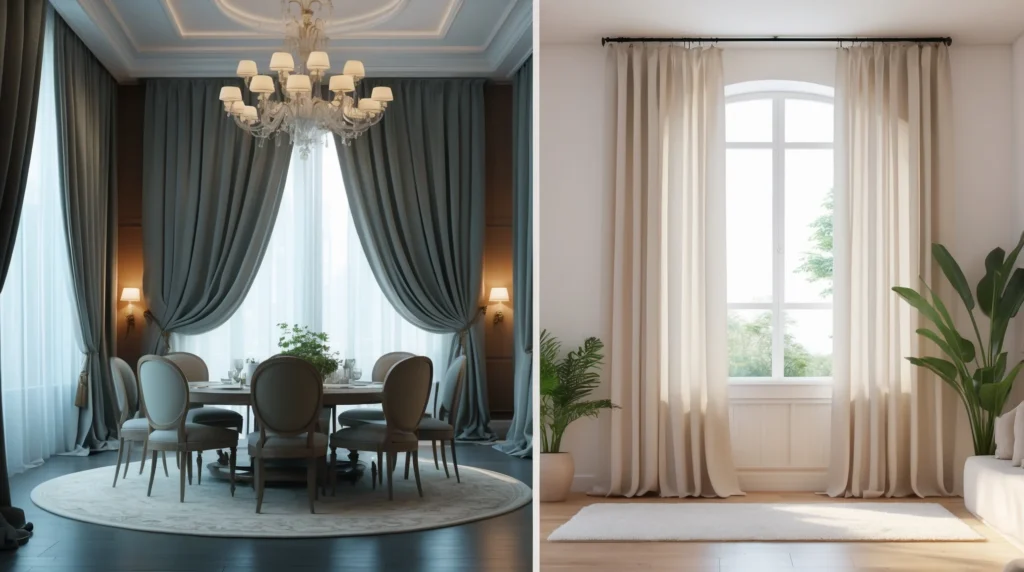
When people imagine luxury, they often picture drapes and curtains in grand dining rooms, theaters, or formal living areas. Draperies add structure and weight to a room, making them ideal for traditional interiors. They are also great for controlling light since many come with blackout lining. Difference Between Curtains and Drapes on the other hand, suit modern, minimalist, or family-friendly spaces. They allow more natural light in and are less costly. Drapes mean formality and richness, while curtains bring softness and flexibility. Knowing when to use each helps you strike the right balance in design.
When to Use Curtains with Drapes for a Layered Style
Some homeowners use curtains with drapes together. This layered style combines beauty with practicality. For example, you might have sheer curtains that let in soft daylight, covered by heavy drapes that provide privacy at night. This method is also perfect for creating a hotel-style feel in bedrooms. The combination allows flexibility, you can enjoy natural light during the day and block it out completely when needed. For families in busy neighborhoods, this pairing is both stylish and functional.
Exploring Draperies, Custom Drapes, and Custom Draperies
Standard window coverings don’t always fit every window, which is why many choose custom drapes or custom draperies. These are tailored to the exact size and design of your space. Custom options also allow you to select the fabric, lining, and hardware, so you get both beauty and durability.
Draperies offer more insulation, sound control, and UV protection compared to basic curtains. For people who want a polished, professional look, custom draperies are worth the investment. They last longer and elevate your home’s style, especially when paired with furniture and décor in a coordinated way.
Functional Additions: Drapery Panels, Blackout Curtains, Drapes, and Motorized Drapes
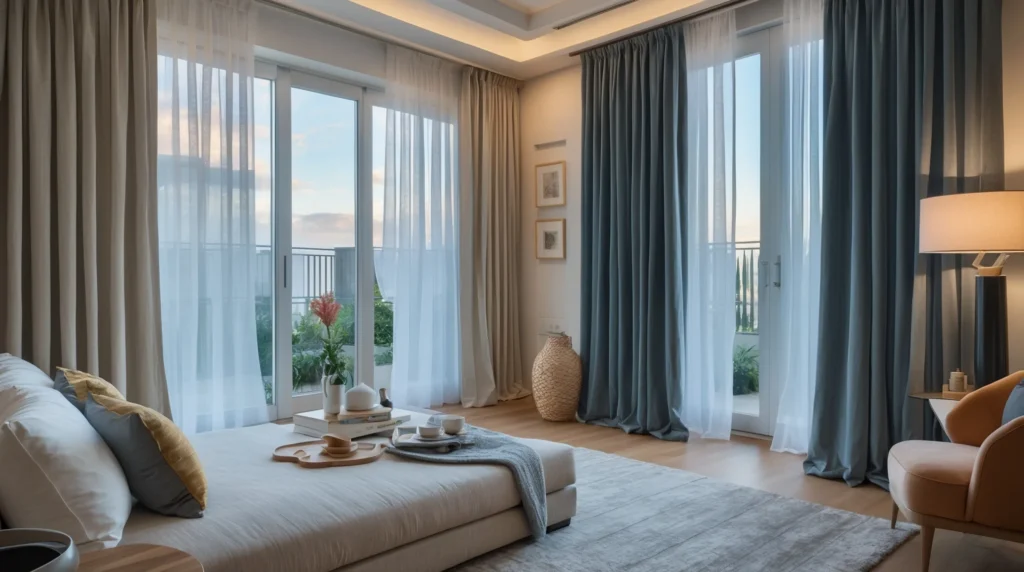
Beyond simple fabric, modern homes now feature advanced window coverings. Drapery panels allow you to cover wide windows or sliding doors with ease. Blackout curtains drapes are popular in bedrooms and home theaters since they completely block light.
For convenience, motorized drapes are becoming a trend. With a remote or smartphone app, you can open and close draperies without leaving your seat. This blend of tradition and technology makes modern window treatments both practical and luxurious.
Curtain and Drapery Hardware That Shapes the Final Look
Fabric alone does not complete a window treatment the hardware plays a huge role. Curtain and drapery hardware includes rods, rings, finials, and tracks. The right choice makes opening and closing smoother and adds a stylish finish.
For example, long drape curtains look dramatic when hung from ceiling-mounted tracks, while casual curtains may only need a simple rod. Decorative hardware can enhance the beauty of custom made curtains or draperies, making them look intentional rather than ordinary.
Why Homeowners in Homestead, FL Prefer Custom Window Treatments
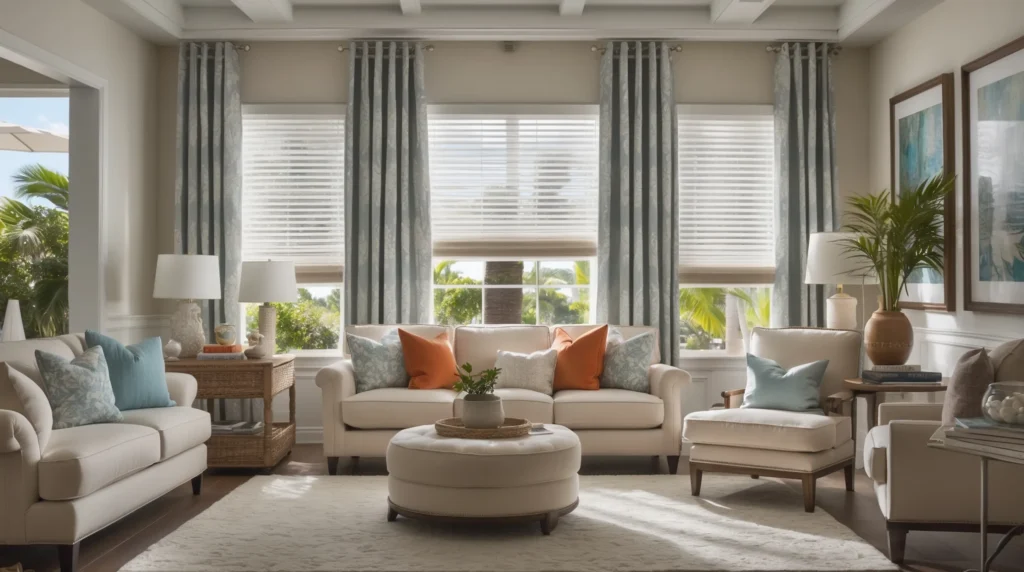
In sunny areas like Homestead, FL, light and heat control matter just as much as style. Many families prefer custom window treatments designed to handle both beauty and function. A trusted window treatment company like Home Direct Blinds can provide solutions that fit perfectly, match décor, and last longer than off-the-shelf products.
Custom designs mean you get window coverings that reflect your taste while also offering benefits like energy savings, privacy, and UV protection. Whether you choose curtains, drapes, or layered styles, professional guidance ensures the results are both stylish and practical.
Final Thoughts: Choosing Between Long Drape Curtains and Custom-Made Curtains
Choosing between long drape curtains and custom-made curtains depends on your home’s needs. Curtains are versatile, affordable, and easy to maintain. Drapes are elegant, formal, and built for complete coverage. Both can be customized to match your interior design.
When making your decision, consider how much light you want, how formal the room is, and how much maintenance you’re willing to handle. With expert advice and quality fabrics, you’ll find the right fit for every room. Brands like Home Direct Blinds can guide you through the process and help you choose window coverings that meet your design goals.
For window treatments that combine beauty, comfort, and long-lasting quality, explore custom options today.

